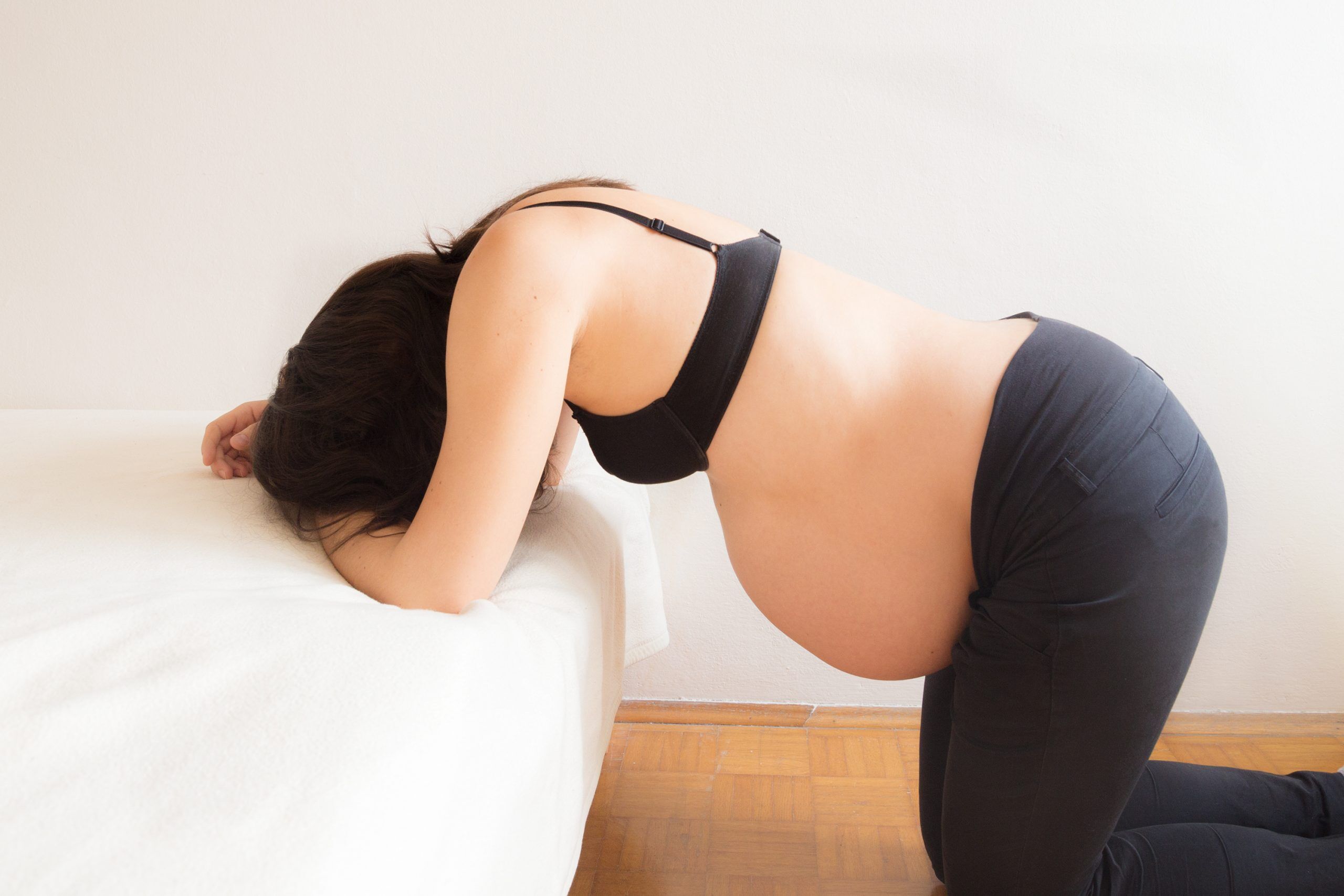
Fast facts:
Childbirth is a uniquely personal journey. At Ruth Health, we’re big proponents of owning your labor experience and prioritizing your comfort to the fullest extent possible. That starts with choosing your labor and birthing positions.
You can labor however you choose to when giving birth vaginally unless pregnancy complications, preexisting physical limitations, or epidural anesthesia require you to avoid certain positions.
There are a variety of labor positions to explore beyond lying flat on your back. And here’s a fun fact: lying on your back became common practice in part because it made the delivery a bit easier for physicians. Not for moms, though.
And while there’s no wrong way to labor, lying horizontally is actually the least effective position to deliver in. (Labor is generally a good time to have gravity on your side.)
So that you can create the best birth plan for your needs, here’s an overview of options for labor and birthing positions.
This is somewhat of a trick question. An ideal labor position is one that feels good for your body, assists with labor progress, and minimizes discomfort.
And no need to pick just one. You are allowed to move around and switch things up. In fact, so long as it doesn’t disrupt fetal monitoring, the American College of Obstetricians and Gynecologists (ACOG) encourages changing positions throughout labor.
Many birthing positions work with the flow of gravity to encourage your baby to descend.
Here are six commonly used labor positions to experiment with.
Getting upright helps your pelvis open up, allowing your baby to descend into the birth canal. An upright position can potentially shorten the first stage of labor and may lower your chances of delivering by cesarean.
You may be able to stroll around your birthing location in early labor. If you don’t feel like walking, consider leaning onto a chair or your labor partner while you stand or sway.
Well suited for late-stage labor or delivery itself, squatting will open the pelvis to bring your baby further down the birth canal. This also allows you to shift your weight as needed.
Squatting support — from a partner or birthing bar — will keep you stabilized and prevent your legs from tiring out.
There are different types of squats and not every movement is appropriate for each birthing person during labor.
For your and your baby’s safety, consult with your healthcare provider to determine if squatting is an appropriate option for where you are in labor.
Many birthing people find sitting to be a comfortable and effective labor position.
Like squatting, it opens up your pelvis and allows gravity to support your labor while simultaneously giving you a chance to rest. It has the added benefit of being epidural-friendly if that’s part of your plan for pain management.
In the spirit of laboring how you’re most comfortable, you can sit on any type of chair, bed, birthing ball, or birthing stool. Many hospitals and birth centers are equipped with chairs for use during labor and delivery.
Many women find leaning forward to be a relaxing labor position, especially between contractions. This takes the pressure off of your back and encourages your baby to move forward. (That it allows for a quick massage from your partner, doula, or nurse doesn’t hurt either.)
Getting on all fours is another good option for anyone experiencing severe back pain during labor. You can do some pelvic tilts to increase your comfort while on your hands and knees, or receive a massage and counterpressure.
Even if you’re not feeling much back discomfort,, a hands and knees position will open the pelvis and encourage your baby to descend.
If you’re too tired to squat or sit, you may find it comfortable to lie on your side. It’s a better option than lying flat on your back, which compresses major veins and can potentially affect blood flow to your baby.
Place a birthing ball or pillows between your legs to open the pelvis. Some birthing people choose side-lying for their delivery position since it’s known to ease the discomfort of contractions.
Similar to how there’s no one right labor position, there’s no right amount of birthing positions to try or a recommended frequency of alternating them. It varies by person and by labor.
The most important thing is to listen to your body, and to your baby — you’ll be able to tell what they like.
If your baby responds to a certain position with a slow heart rate or another indication of potential distress, switch to another position right away.
At Ruth Health, we strive to bring you the facts so you can make decisions with ease — the decisions that are best for you. Let us know what other topics you’re interested in learning more about by emailing us at hello@ruthhealth.com.
And don't forget to join our community by signing up below!
Sign up for a FREE eBook + 20% off services

Sign up for our free eBook, plus 20% off of your next booking!